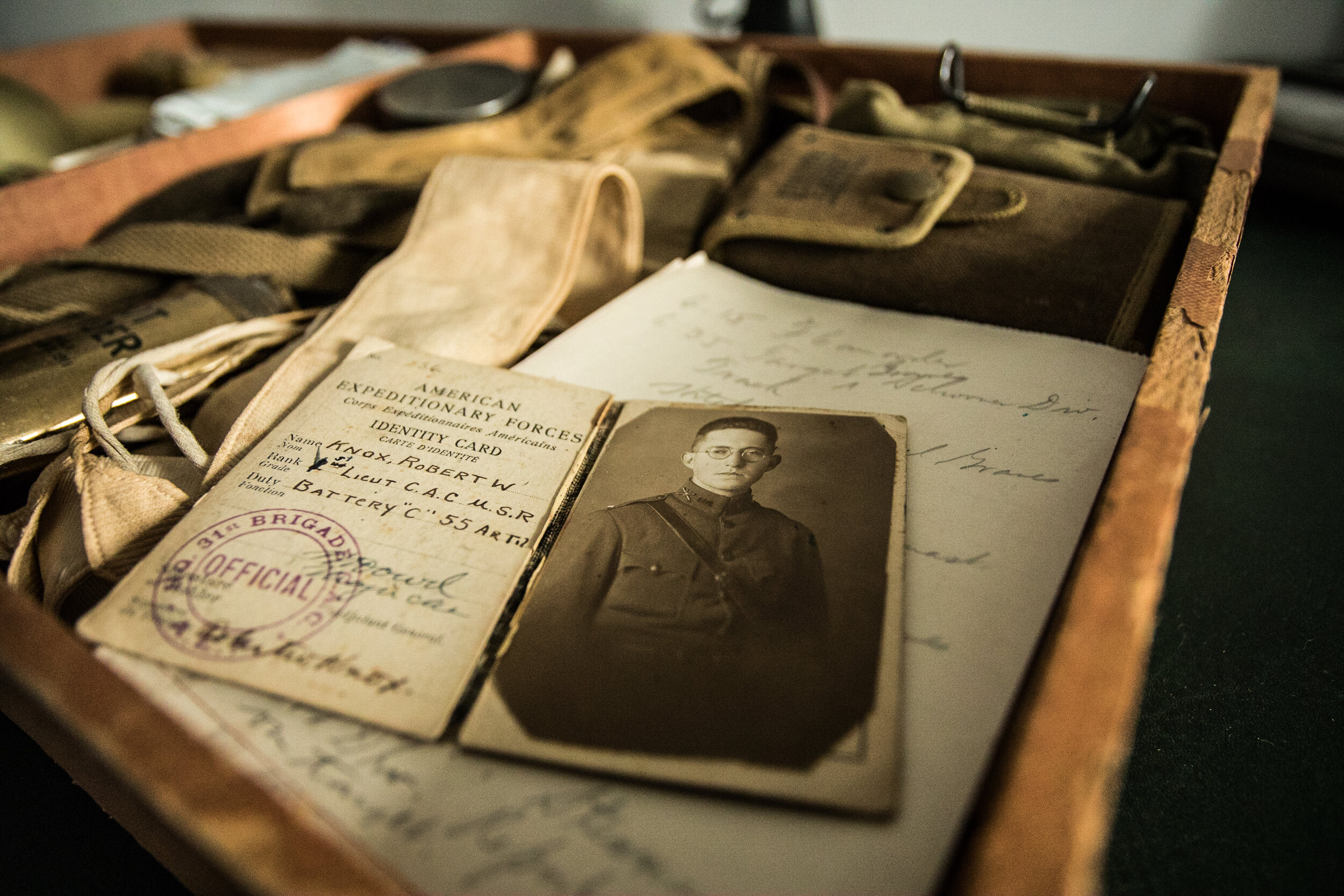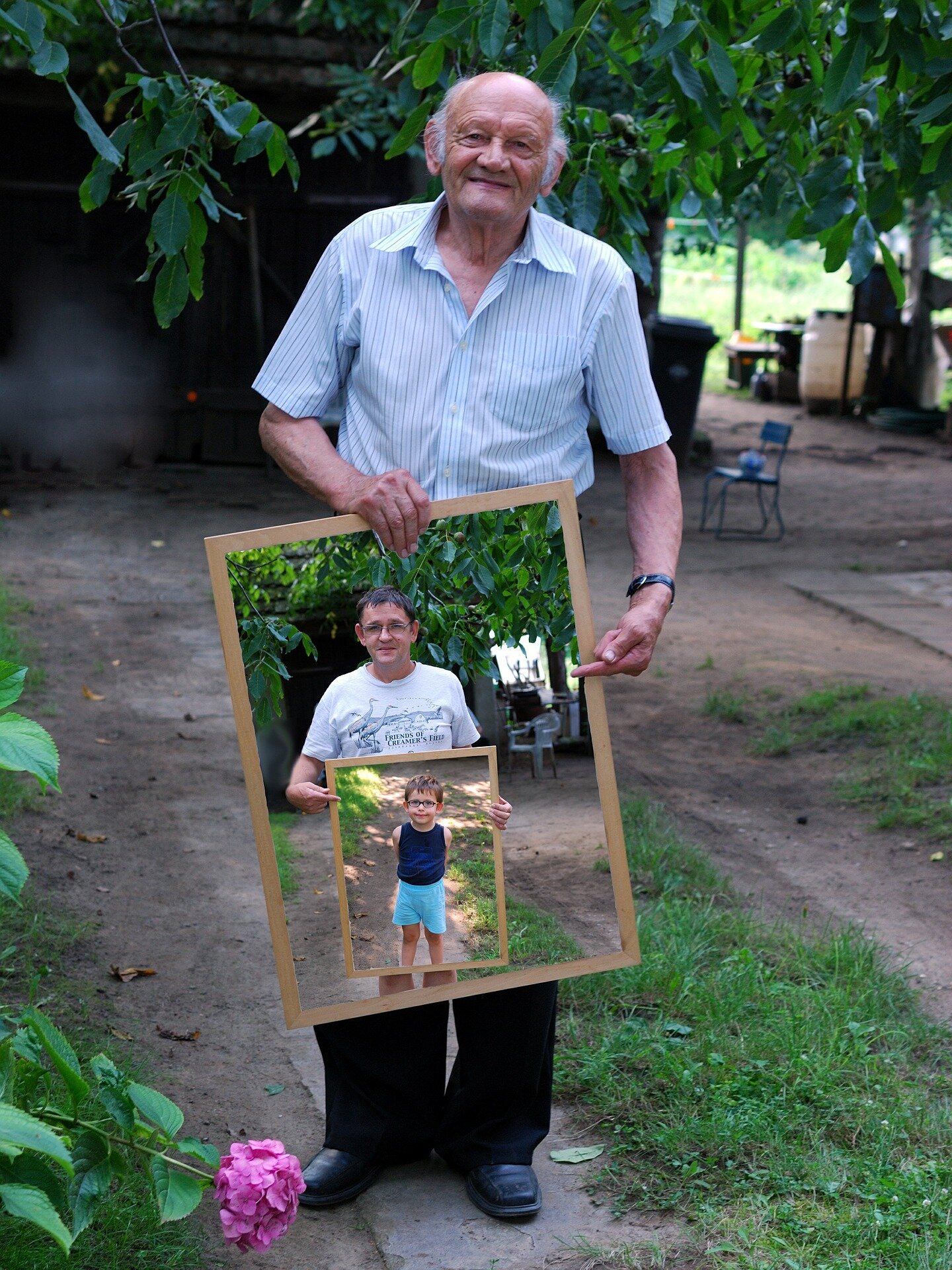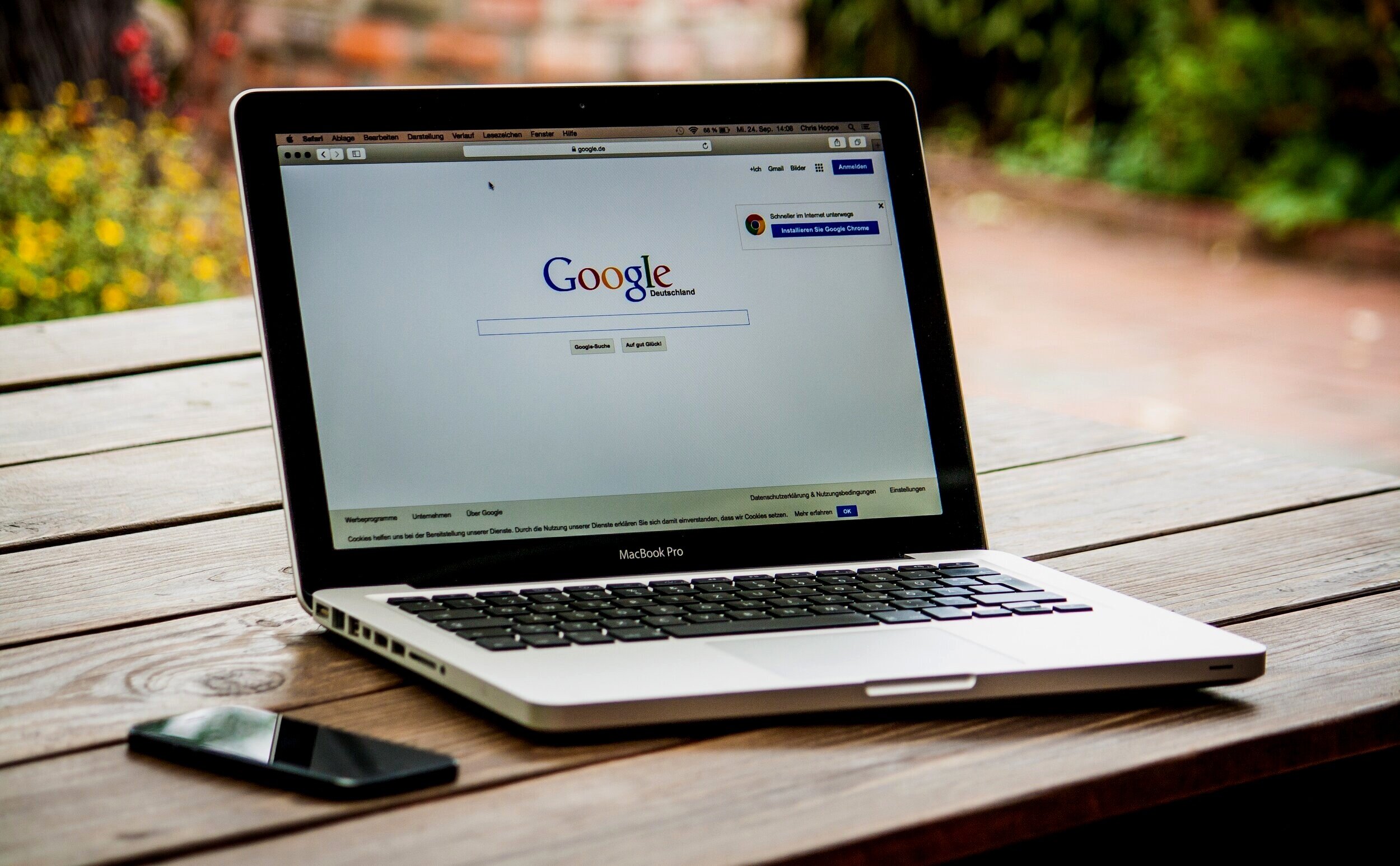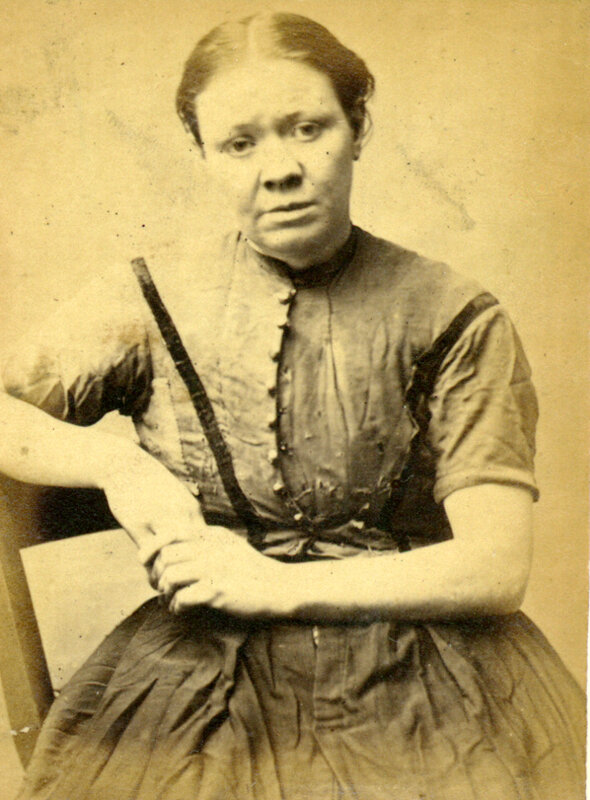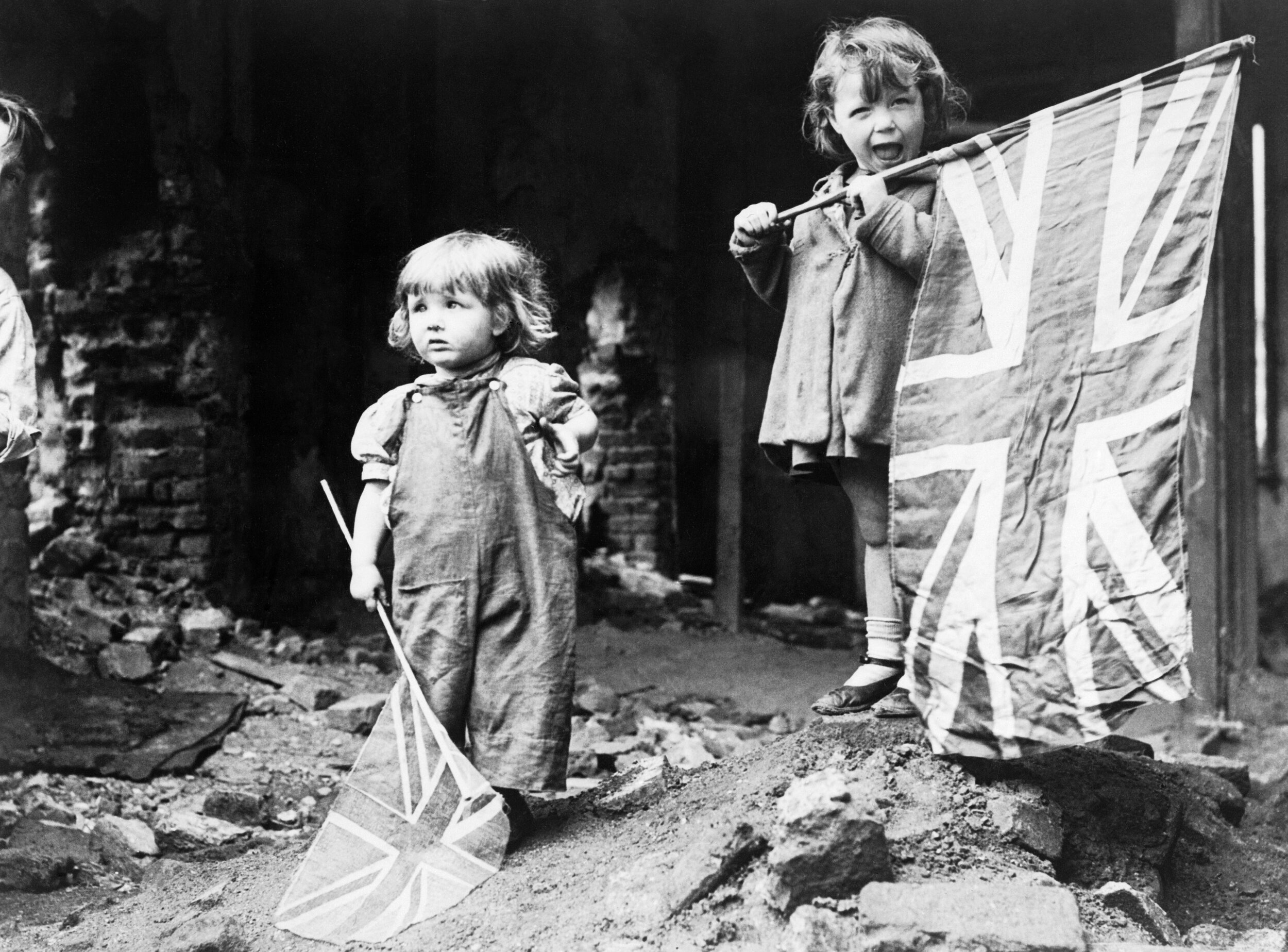How to search and trace your family's LGBTQ history.
/How to search and trace your family’s LGBTQ history.
Today, LGBTQ family members are finally able to enjoy the same open life that straight family members have enjoyed throughout modern history. However, this was not always the case: in the past, LGBTQ family members often had to hide their sexual orientation due to the stigma—social and in some cases, legal—against LGBTQ people throughout history. In some cases, we can catch glimpses of past LGBTQ family history through old family photographs, old letters, and even family memories. Let’s take a closer look at what you can do to preserve the memory of LGBTQ family history in your family’s history.
Why Has Tracing and Recording LGBTQ Family History Been Historically Difficult?
Since LGBTQ people have not been able to enjoy the same rights, privileges, and acceptance as straight people until relatively modern times—remember that it is only in the past 10 years that same-sex marriage has become legal in many countries—historically, many LGBTQ people were not able to be open regarding their lives. This means that there are gaps and misinformation in family history, particularly regarding LGBTQ family members. For instance, you might remember an uncle who lived with a friend—they were lovers, but to the outside world, they had to present themselves as “bachelor friends.”
Check out our 10 questions to ask your parents before it's too late!
How You Can Start Preserving the History of LGBTQ Family Members
It is important to preserve family memories and family history for future generations, and part of that preservation should include LGBTQ family history that has been long overlooked or even forgotten. You can start preserving the history of LGBTQ family memories in many ways, including:
Researching family documents for more information about LGBTQ family members
This can include looking for old family letters where mentions of their relationships may have been written down, looking for documents regarding family members who may have lived less than openly with their spouses during a time period, and so on.
To learn how to share your old family films safely click here.
Collect old family photographs relevant to LGBTQ family history
You can also start looking for old family photographs that are related to LGBTQ family history.
For instance, look for old photographs of relatives who were unable to be open about themselves during their lifetime.
To learn how to back up our old photographs click here.
Do they have any photos with their spouse, who was at the time portrayed as a “friend” of the family member? In some cases, there may be old family photographs that were kept hidden that show LGBTQ family members having (“unofficial”) weddings or engaged in intimacy such as hugging their same-sex spouse.
To learn which is the best software for doing a family tree click here.
Preserve the history through digitization
Whenever you find documents and photos related to gay family history, it’s important to preserve them so that they can be passed down to later generations and shared among current family members. The best way to preserve these documents and photos is through digitization, such as scanning or photographing the documents with a high quality camera. The digital files can then be copied to hard drives, disc and the cloud so that they can be shared with the future generation of the family down the line.





































